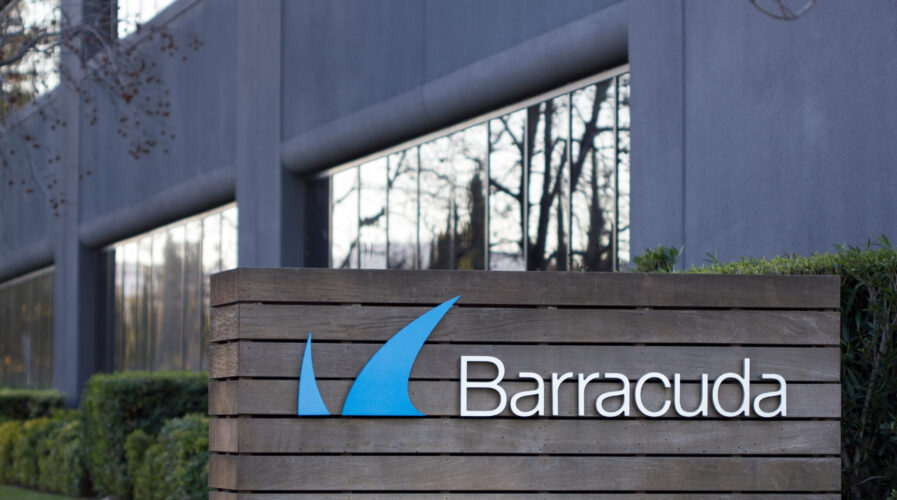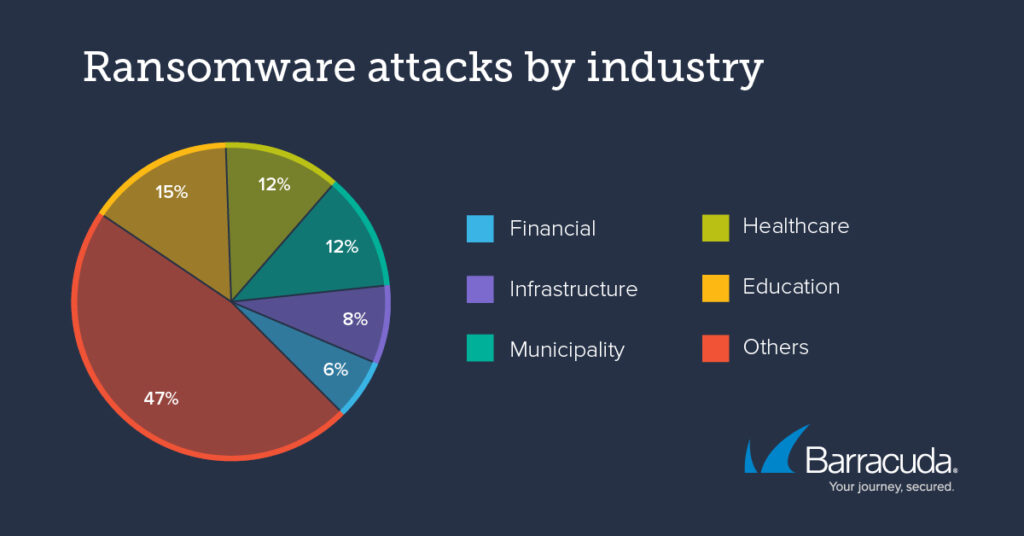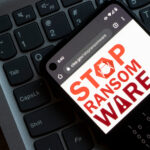
Source – Shutterstock
APAC businesses are seeing more than “double” in ransomware attacks since last year
- A rise in the number of service providers targeted by ransomware attacks was also observed by researchers
- Between January and June of this year, more than 1.2 million ransomware threats each month were discovered
Tired of hearing about ransomware attacks news? Now is the moment for everyone to keep an ear to the ground because they are actively targeting companies across a wide range of industries. Organizations should be prepared at all times and put their ransomware recovery plan in place to minimize any unnecessary disruptions to their business operations.
APAC countries are potentially more vulnerable to cyberattacks than other nations worldwide because of the pace and extent of the region’s digital use and connectivity.
In addition, the fact that a large portion of the increase in digitalization is made up of people who are utterly unfamiliar with the Internet and have no awareness of viruses, malware, or phishing schemes increases the cyber risk in APAC. As a result, more attacks are being conducted to take advantage of this flaw.
According to the latest Threat Spotlight from Barracuda, a trusted partner and industry-leading provider of cloud-enabled security solutions, the amount of ransomware attacks has significantly increased over the past year, and companies continue to be the number one target.
Researchers from Barracuda saw a noticeable increase in ransomware attacks targeting all industries between August 2021 and July 2022 after analyzing 106 highly publicized attacks across the globe, including Southeast Asia. This highlights the necessity for businesses to maintain vigilance.
Ransomware attacks on educational institutions have more than doubled, and attacks on healthcare and financial institutions have tripled, making up the top five businesses that hackers most frequently target. Attacks on critical infrastructure quadrupled while attacks on municipalities increased by 4%, according to researchers, indicating that cybercriminals intend to cause more harm than only to the immediate victim.
The majority of businesses targeted across industries were service providers (14%), although ransomware attacks on businesses in the automotive, hospitality, media, retail, software, and technology sectors also grew.

(Source – Barracuda) Ransomware attacks by industry
Due to the nature of the access, they have to their clients’ systems, service providers—whether they offer IT services or other business services—have proven to be appealing targets for ransomware gangs.
Double extortion trend in ransomware attacks
Barracuda researchers claim that in 2021, a double extortion trend started to emerge, in which attackers stole private information from their victims and demanded payment in return for a pledge not to disclose or sell the information to other criminals.
The good news is that this year’s attacks on critical infrastructure resulted in fewer victims paying the ransom and more firms standing their ground as a result of improved defenses. Researchers also pointed out how enhanced cooperation between governments and nation-states has facilitated the eradication of these crimes.
Mark Lukie, Director of Solution Architects at Barracuda, APAC, commented on the research, saying, “Ransomware is still a major challenge for businesses across the Asia-Pacific region. It’s a global problem, which our research shows continue to escalate as criminals find new ways to exploit their victims for financial gain.”
According to Lukie, a lot of cybercriminals target small firms in an effort to access bigger corporations. Because of this, regardless of the size of a firm, security providers must provide technologies that are simple to use and execute.
“Additionally, sophisticated security technologies should be available as services, so that businesses of all sizes can protect themselves against these ever-changing threats. By making security solutions more accessible and user-friendly, the entire industry can help to better defend against ransomware and other cyberattacks,” added Lukie.
READ MORE
- Strategies for Democratizing GenAI
- The criticality of endpoint management in cybersecurity and operations
- Ethical AI: The renewed importance of safeguarding data and customer privacy in Generative AI applications
- How Japan balances AI-driven opportunities with cybersecurity needs
- Deploying SASE: Benchmarking your approach


